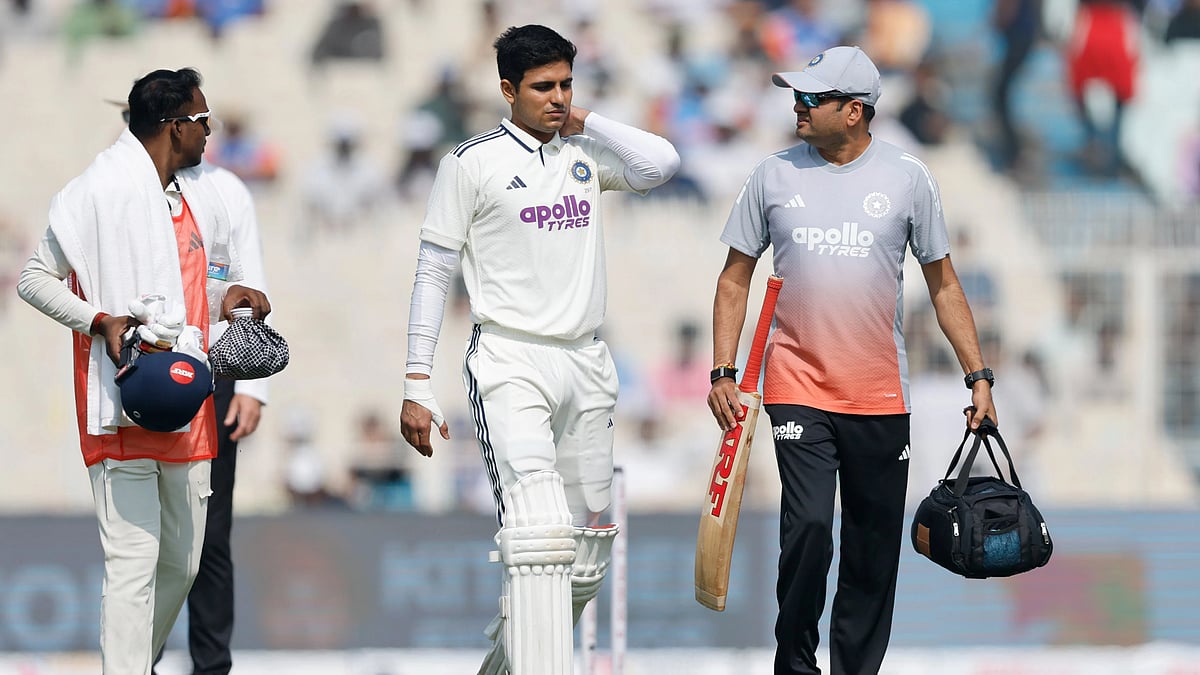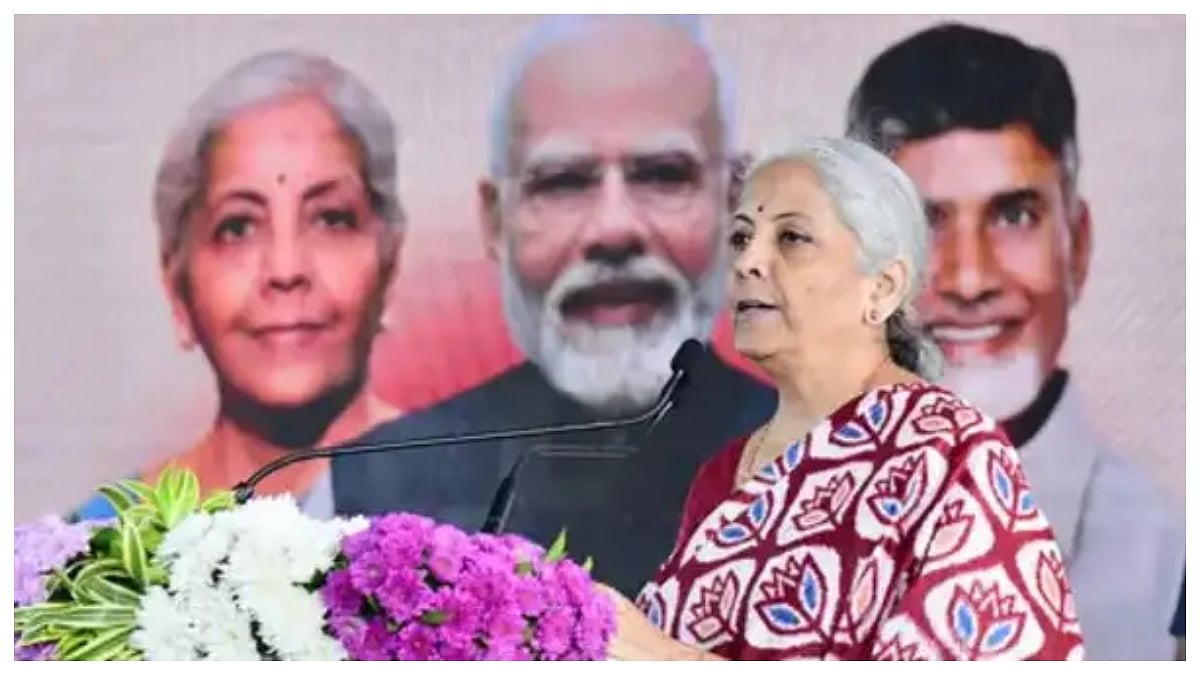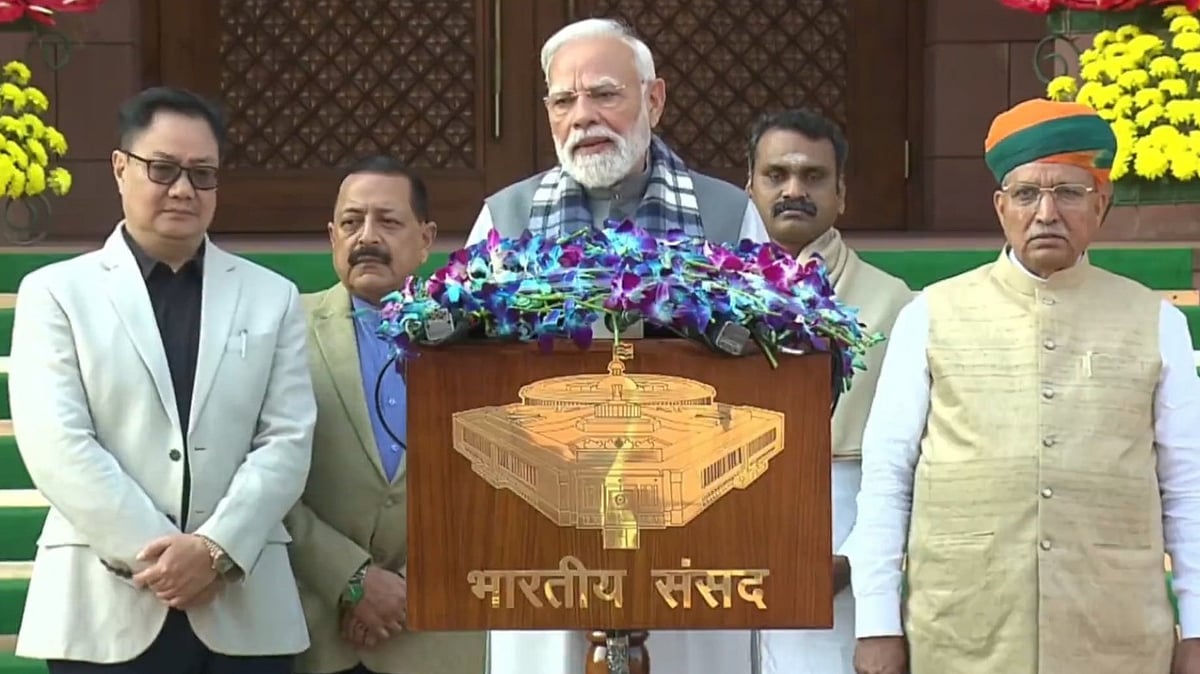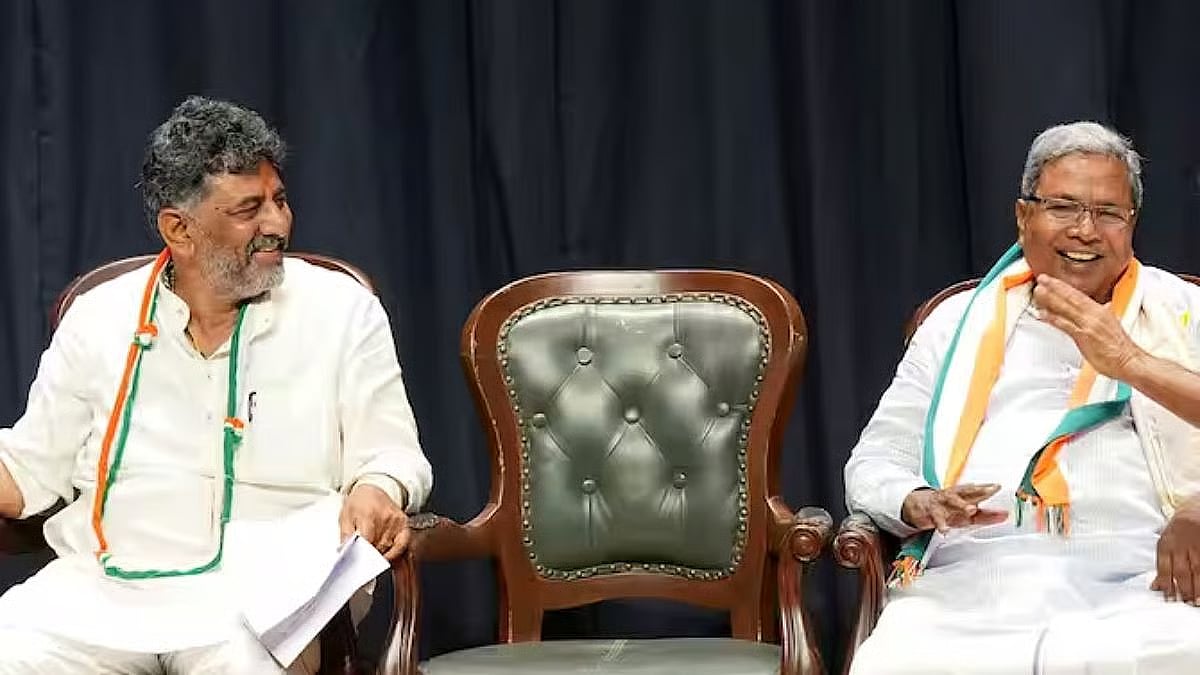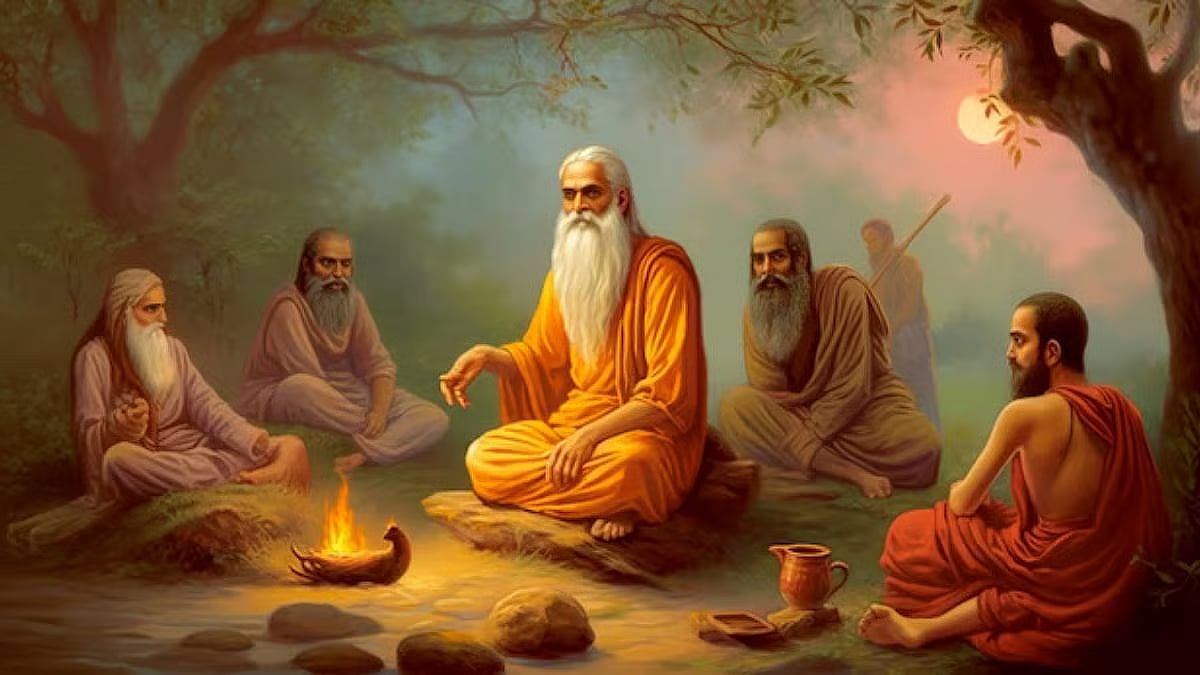A certain defence of ecology may seem elitist but isn’t. We were recently in conversation with one of the residents in the Himalayan village we spend a large part of the year in. “We need a road within the village which can connect us to the main road”, she said. We replied, “Wouldn’t the vast stretch of van panchayat forest - with gigantic poplars, oaks, and cedars hundreds of years old - be lost to get such a road?”
To get a metropolitan opinion we asked one of our friends living in Delhi. She said, “If we are fortunate enough to have access to roads and stay connected with each other because of it, why is it that your fellow villagers are denied that entitlement?”. To this we replied, “Yes, we do have a road which connects our homes but are we (metro citizens) actually connected as a community? Moreover, should we not be making a concerted effort to reduce metropolitan patterns of consumption, instead of spreading our vices universally? Building more roads in the Himalayas will damage fragile ecologies mortally.”
The arguments put forward by villagers and city-dwellers both indicate a ‘need’ for a road. It is interesting to critically analyse the arguments put forward by the proponents of an all-weather motorable road in the hill regions to realise whether it is a necessity or a want.
Firstly, it gets difficult for people in remote locations to have access to hospitals, as they have to be physically carried by others which leads to delay in treatment in extreme cases, like a potentially fatal injury. Even for the treatment of minor diseases, they have to walk long distances which might take an entire day. Here, time is the primary consideration. A road would drastically reduce their commuting time to the hospital. However, if one thinks rationally, isn’t it more reasonable for every village to have a Primary Health Care Centre within it, with community health workers (like elderly women) collaborating with allopathic barefoot doctors and paramedics? It would blend traditional and modern aspects of medicine. Not providing for a PHC per village is a failure of the welfare state. Additionally, it would cost less than laying a road - both in economic and ecological terms. Not doing so has only led to the spread of pharmacies which sell Schedule H drugs over the counter, in effect adding to the problem of anti-microbial resistance among rural communities. There is already a perception that private hospitals serve better than public ones. So, laying a road would benefit a private hospital elsewhere by increasing remote villages’ out-of-pocket expenditure. Moreover, in remote hilly regions influx of more automobiles due to new roads will only worsen the health of people as it would contribute to further deforestation, water depletion, and a worsening of air and water quality.
Secondly, people often say that climbing up and down mountains is risky and one might get fatally injured from an accidental fall. This is true but how often do accidents occur when people walk? Through experience muscle memory builds up. People get adapted to mountainous tracks and walk with confidence. We see children run up and down the hill daily, men and women carrying loads of water and grass and yet they don’t fall. Compare this with the frequency of road accidents in the Himalayas. The death toll due to road accidents in the first five months of 2019 in Jammu and Kashmir, Himachal Pradesh and Uttarakhand together is more than a thousand. This shows that roads are more unsafe than mountain paths. Further, roads will rob children of the joy of walking in groups through fields and forests and put them in school buses. This will keep them away from nature, contributing to diminished fitness, as is increasingly the case with children in cities.
Thirdly, every harvesting season, we see men, women, and children (aided by hired horsemen) carry their agricultural produce on their heads to the nearest road from which it can be sent to the market. Many argue that if a road is built down the hill, this would ease portage. What is ignored while making this demand is the loss of livelihood to many due to the replacement of humans by automobiles. During the months of July and August when apples, apricots, pears and peaches are harvested, the entire village gets together to collect the harvest by giving each other a helping hand. Not having a road only delays the transport of fruits for a couple of days: it does not greatly increase spoilage. Further, a road will reduce the area under cultivation by encouraging private, non-agricultural ventures on agricultural land, lowering food production and incomes.
Finally, having a road to one’s home signifies a level of economic development. Not having it is equated to backwardness. When some have it, others crave for it. Land next to it is more sought after for both commercial and residential purposes, making its price go up. The experience of a liberalised economy since the 1990s suggests that if a Himalayan village has a motorable road, it opens a window of opportunities for the metropolitan classes in the plains to buy land. This rise in the land market has a profound impact on local ecologies and habitats.
The Himalayas are already facing the brunt of planetary ecological crises: the drying up of natural springs at an alarming rate, piling up of plastic waste, frequent landslides, quiet deforestation, and more. Himalayan springs are the lifelines of all the rivers flowing through the plains of North India. Today they are severely imperilled, where not already dead. Most of this can be attributed to unsustainable building of roads. For example, the building of Rohtang tunnel in Himachal Pradesh led to the break-up of a significant aquifer, the water from which flowed uninterrupted for 14 days. This natural spring would have served the drinking water needs of the surrounding communities for centuries to come. Building more roads would only destroy more such natural springs, invite more tourists who will demand flush toilets and showers in increasingly water-scarce regions, increase the water budgets of villagers, making them more dependent on water tankers (an increasingly disturbing presence on the Himalayan landscape), burning diesel to haul water from lower altitudes. Additionally, an increase in tourists means more generation of solid waste (the majority of it being plastic). This either ends up being burnt, and reduces air quality, or chokes rivers and streams. What the locals miss while they demand a road is the amount and range of forest cover being lost. It is these forests they are entirely dependent on for minor forest produce, including firewood and fodder for cattle. Reduced forest area will also pose a significant threat to wildlife habitats leading to an increase in instances of human-wildlife conflict.
Rather than connecting people, a road will alienate them from nature and community living, still observable in the mountains. It is likely to draw them away from agriculture. Communities are not under any geographical detention which the road will free them of.
This discussion of the possibility of a road in a mountain village has not adopted inadvertently a stance of environmental elitism towards the arguments made by a relatively deprived strata of rural India. It has instead tried to place these arguments within the wider perspective of a fragile Himalayan ecology in order to assess them more reasonably.
If developmentality triumphs and the villagers, through consensus, feel that they want a road, it should be done in a way which is ecologically least damaging and tackles the developer’s impatience. Nevertheless, building more roads in these remote regions should be reconsidered, as the quality of life can be improved in most cases even without building one.
Vijay Dixit is an Independent Researcher.
Dr Aseem Shrivastava teaches Ecosophy at Ashoka University.
Syndicate: The Billion Press

